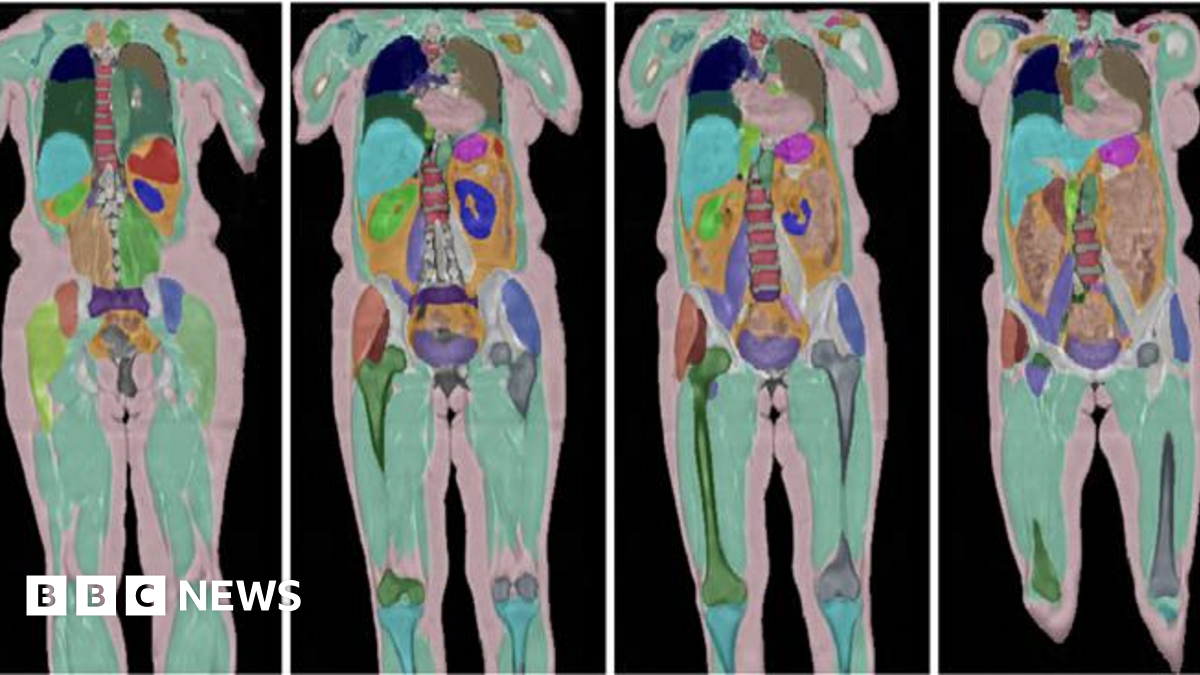The Al-Qaeda Link: How JNIM Became A Major Militant Force In Mali

Welcome to your ultimate source for breaking news, trending updates, and in-depth stories from around the world. Whether it's politics, technology, entertainment, sports, or lifestyle, we bring you real-time updates that keep you informed and ahead of the curve.
Our team works tirelessly to ensure you never miss a moment. From the latest developments in global events to the most talked-about topics on social media, our news platform is designed to deliver accurate and timely information, all in one place.
Stay in the know and join thousands of readers who trust us for reliable, up-to-date content. Explore our expertly curated articles and dive deeper into the stories that matter to you. Visit Best Website now and be part of the conversation. Don't miss out on the headlines that shape our world!
Table of Contents
The Al-Qaeda Link: How JNIM Became a Major Militant Force in Mali
The sprawling conflict in Mali has seen the rise of numerous militant groups, but none have achieved the prominence and influence of Jama'at Nusrat al-Islam wal-Muslimin (JNIM). Understanding JNIM's trajectory requires examining its crucial connection to Al-Qaeda in the Islamic Maghreb (AQIM) and the broader dynamics of jihadism in the Sahel region. This article delves into the key factors contributing to JNIM's growth and its current impact on Mali and beyond.
From Fragmentation to Consolidation: The Birth of JNIM
Mali's instability, fueled by a 2012 coup and subsequent Tuareg rebellion, created a fertile ground for extremist groups. Several smaller Al-Qaeda-affiliated factions, operating in the vast and sparsely governed northern regions, were vying for control. In March 2017, these groups – including Ansar Dine, the Macina Liberation Front (MLF), and Al-Qaeda in the Islamic Maghreb (AQIM) – merged to form JNIM under the leadership of Iyad Ag Ghaly. This consolidation proved to be a strategic masterstroke.
The AQIM Influence: Providing Expertise and Resources
JNIM's connection to AQIM isn't merely historical; it remains a vital lifeline. AQIM, a seasoned terrorist organization with decades of experience in the region, provided JNIM with crucial resources:
- Military expertise: AQIM's veterans trained JNIM fighters in tactics, bomb-making, and guerrilla warfare.
- Financial networks: AQIM's established smuggling routes and networks provided access to crucial funding.
- Ideological guidance: AQIM's influence strengthened JNIM's adherence to Al-Qaeda's global jihadist ideology.
This support was instrumental in JNIM's rapid expansion and ability to challenge both the Malian government and the international forces deployed in the country.
JNIM's Tactics and Targets:
JNIM's operational strategies are multifaceted and adapted to the terrain:
- Ambush attacks: Targeting military convoys and civilian patrols in remote areas.
- Targeted assassinations: Eliminating government officials and perceived collaborators.
- Kidnappings for ransom: Generating funds and attracting international attention.
- Intimidation and control: Establishing a presence in local communities through fear and coercion.
Their targets are diverse, ranging from Malian security forces and foreign troops to humanitarian workers and local communities perceived as supporting the government.
The Broader Context: Instability in the Sahel
The rise of JNIM is deeply intertwined with the broader instability in the Sahel region. Factors such as weak governance, poverty, ethnic tensions, and the presence of other armed groups contribute to the challenging security landscape. The porous borders and vast desert regions provide sanctuary for militants, making counterterrorism efforts exceedingly difficult. Furthermore, the cyclical nature of drought and climate change exacerbate existing tensions and create further vulnerabilities.
The Future of JNIM and the Fight Against Terrorism in Mali:
JNIM remains a significant threat to stability in Mali and the wider Sahel region. Countering its influence requires a multifaceted approach involving:
- Strengthening governance and the rule of law in Mali.
- Addressing the root causes of conflict, including poverty and inequality.
- Improving regional cooperation and intelligence sharing.
- Supporting local communities and building resilience to extremist ideologies.
- Sustained international military and diplomatic efforts.
The fight against JNIM and other terrorist groups in the Sahel is a long-term endeavor. Understanding the group's historical links to AQIM and its adaptable operational strategies is crucial for developing effective counterterrorism strategies. The future of Mali hinges on effectively addressing the complex political, social, and economic factors that contribute to the enduring power of groups like JNIM.
Further Reading:
- [Link to a reputable report on JNIM from a think tank like the Armed Conflict Location & Event Data Project (ACLED)]
- [Link to a relevant article from a reputable news source like the BBC or Al Jazeera]
This article aims to provide accurate and informative content. Please note that the security situation in Mali is constantly evolving. Always consult updated information from reliable sources before making any decisions based on this article.

Thank you for visiting our website, your trusted source for the latest updates and in-depth coverage on The Al-Qaeda Link: How JNIM Became A Major Militant Force In Mali. We're committed to keeping you informed with timely and accurate information to meet your curiosity and needs.
If you have any questions, suggestions, or feedback, we'd love to hear from you. Your insights are valuable to us and help us improve to serve you better. Feel free to reach out through our contact page.
Don't forget to bookmark our website and check back regularly for the latest headlines and trending topics. See you next time, and thank you for being part of our growing community!
Featured Posts
-
 Viral Video Assams Babydoll Archi And The Dame Un Grrr Controversy
Jul 09, 2025
Viral Video Assams Babydoll Archi And The Dame Un Grrr Controversy
Jul 09, 2025 -
 Babydoll Archis Rising Fame After Collaboration With Kendra Lust
Jul 09, 2025
Babydoll Archis Rising Fame After Collaboration With Kendra Lust
Jul 09, 2025 -
 July 7th Powerball Results Jackpot Soars To 203 Million
Jul 09, 2025
July 7th Powerball Results Jackpot Soars To 203 Million
Jul 09, 2025 -
 Clash Royale Meta Shift Mastering The Free Spirit Empress Legendary Card
Jul 09, 2025
Clash Royale Meta Shift Mastering The Free Spirit Empress Legendary Card
Jul 09, 2025 -
 Clash Royales Free Spirit Empress New Legendary Card Meta Explained
Jul 09, 2025
Clash Royales Free Spirit Empress New Legendary Card Meta Explained
Jul 09, 2025
Latest Posts
-
 A Students Guide To Personal Injury Law Challenges And Rewards Of The Legal Profession
Jul 16, 2025
A Students Guide To Personal Injury Law Challenges And Rewards Of The Legal Profession
Jul 16, 2025 -
 Putin And Trump A Continuing Conflict Despite Trumps Disappointment
Jul 16, 2025
Putin And Trump A Continuing Conflict Despite Trumps Disappointment
Jul 16, 2025 -
 The Shocking Details Of The Marten And Gordon Case A Nations Disbelief
Jul 16, 2025
The Shocking Details Of The Marten And Gordon Case A Nations Disbelief
Jul 16, 2025 -
 100 000 Uk Volunteers Contribute To Massive Human Imaging Study
Jul 16, 2025
100 000 Uk Volunteers Contribute To Massive Human Imaging Study
Jul 16, 2025 -
 Laid Off King Employees Replaced By Ai They Helped Create
Jul 16, 2025
Laid Off King Employees Replaced By Ai They Helped Create
Jul 16, 2025
